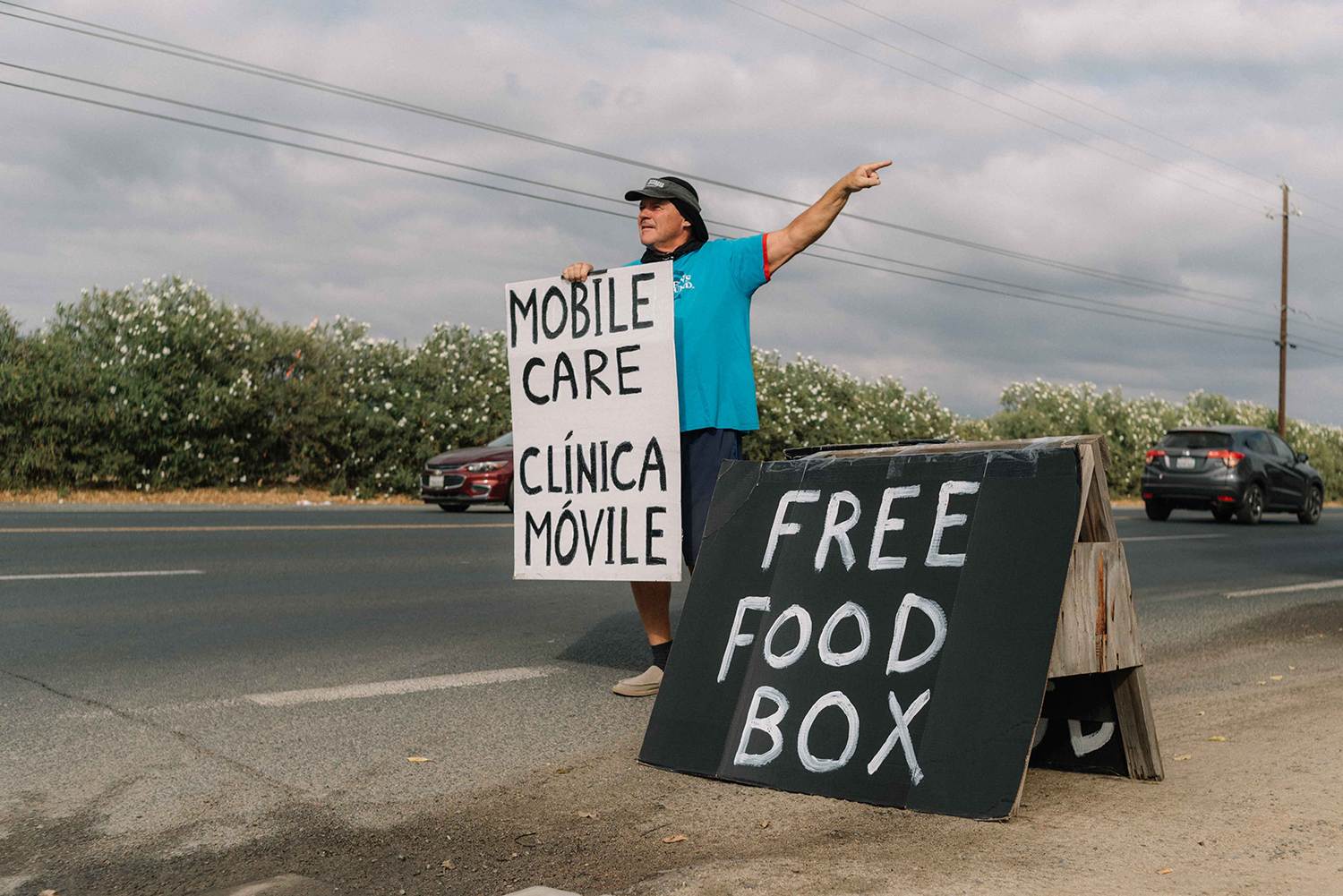In big cities and small towns, communities count on their local nonprofit food banks and food pantries to ensure that everyone has enough to eat.
These organizations serve an essential mission to individuals and families alike: They feed the hungry, address food insecurity, and provide food assistance programs to keep the people of their communities healthy — especially when times are hard.
Like any nonprofit, community food banks depend on insurance to protect their people and property, keep their doors open, and their missions going.
While every nonprofit needs insurance, no two nonprofits are the same: So what’s most important to food banks when it comes to their insurance?
We spoke with several nonprofit food banks to learn about what means the most to them — and how the right insurance helps them succeed in their missions.
Meet three food banks insured by NIA.
We talked with three NIA members that operate food banks in their communities about what they are doing in their communities, and how NIA has partnered with them to help serve their communities.
Gotham Food Pantry
Based in New York City, the Gotham Food Pantry advocates for sustainable food policies aimed at ending hunger, reducing food waste, and expanding access to nutritious food in historically marginalized areas.
They partner with tenant leaders to establish food rescue initiatives, working with food local supermarkets, restaurants, and retailers to collect surplus food that would otherwise go to waste and distribute it to communities in need.
Since the fall of 2020, they have distributed over 350,000 meals and 1.5 million pounds of food to people in need in the NYC area.
Emergency Food Bank of Stockton/San Joaquin
Located in California’s Central Valley, the Emergency Food Bank serves the communities of Stockton, CA, and the wider San Joaquin County area by providing a safety net of healthy food, nutrition education, and hope to residents who find themselves in need.
In addition to their food pantry, Emergency Food Bank operates a mobile farmers’ market, a delivery program for seniors, and a community garden. They also provide services that include nutrition education, “food as medicine” and healthy eating workshops, street outreach, and more.
Edmonds Food Bank
Headquartered in Edmonds, WA, the Edmonds Food Bank works to support those seeking food and nutrition security in the greater Edmonds area.
In partnership with several local cultural groups, they provide nutritionally dense and culturally familiar groceries to 1,000 households each week through on-site and off-site distributions, as well as home delivery.
In addition to their food-distribution programs, Edmonds Food Bank also participates in a number of community programs, including promoting EBT SNAP benefits at the Edmonds Summer Market, an annual holiday event, and an annual bike distribution event.
How did these nonprofit food banks and food pantries hear about NIA?
Douglas Silver is the executive director of the Gotham Food Pantry, overseeing all aspects of the organization’s operations and development.
He says that his organization, which has been an NIA member since 2022, first learned of NIA through one of the most common ways new members join — word of mouth from other nonprofits.
Casey Davis is the executive director and CEO of the Edmonds Food Bank, which first became an NIA member in 2020 after becoming an independent nonprofit.
“We signed up with NIA right away, so we have never worked with another insurance company,” Davis said.
“We were advised by one of our board members to connect with the Wallace Insurance Agency, (a broker) who connected us with NIA.”
Alesha Pichler is the community relations manager for Emergency Food Bank, with duties that include developing partnerships within the community, fundraising, and leading the food bank’s outreach, programs, and events.
According to Pichler, Emergency Food Bank — an NIA member since 2000 — originally learned about NIA when their insurance broker recommended it for the organization.
What did these food banks and food pantries need most from their insurer when choosing NIA?
According to Silver, for Gotham Food Pantry, there were two primary needs that drove the organization’s decision to select NIA as its insurer: Strong policies at affordable rates.
NIA’s pricing and responsive customer service were the top things that Emergency Food Bank held to be essential when considering their nonprofit’s insurance needs, Pichler said.
For Edmonds Food Bank, Davis said, the decision to choose NIA was driven by its “unique understanding of the needs of nonprofit organizations and the price working within our budget. NIA checked both boxes!”
Since becoming NIA members, how has that relationship helped these food banks and food pantries?
Pichler said that, in addition to the ease with which her team can contact NIA representatives, Emergency Food Bank has also benefitted greatly from the risk management resources NIA provides — particularly the live and on-demand webinars, education, and training courses.
“NIA provides Edmonds Food Bank with free or low-cost opportunities to mitigate risk in order to protect our volunteers, customers, and staff,” Davis said. “We also appreciate the newsletters and the online resources.”
“We have over 300 volunteers who serve with us each month and the Managing Volunteers information on NIA’s website has helped us develop our volunteer program.”
A little understanding goes a long way.
What makes NIA the preferred choice to insure nonprofit food banks and food pantries?
It’s simple: Understanding and reliability.
Food banks want an insurer that understands what they’re trying to do, understands the resources they have (or don’t have) to do it with, understands what success looks like, understands the challenges that can get in the way — and sticks around for the long haul.





